Blogs & News
We are focus on automotive wiring harness & connectors technology.

Automotive Hybrid Connector: The “Power Bridge” of Hybrid Vehicles
- Gvtong Electronic
- 10-cavity connectors market, 4-wire electrical connectors, 4-wire pigtail connectors campany, Anti-vibration automotive connectors, Automated assembly connectors Cost-effective automotive connectors, Automated assembly connectors Cost-effective automotive connectorsMulti-variation connectors, automotive antenna connector, automotive coaxial connector, automotive connectors, automotive connectors and terminals, automotive connectors factory, automotive connectors manufacturer, automotive connectors supplier, automotive connectors wholesale, automotive data connector, automotive diagnostic connector, automotive electrical connector, automotive high - frequency, automotive High voltage connector, automotive hybrid connector, Automotive Hybrid Connectors Manufacturer, Automotive Hybrid Connectors Supplier, automotive Low voltage connector, automotive Oil-resistant Connectors, automotive optical fiber connector, automotive power distribution, automotive Signal Connector, automotive vibration - resistant, automotive waterproof connectors, Blind-mate automotive connectors, Common Types of Automotive Connectors, Cost-effective automotive connectors, Custom Low Voltage Vehicle Automotive Connectors, Fuel cell connectors Quick-fit automotive connectors, Halogen-free automotive connectors, High-Voltage Automotive Connectors India, Modular automotive connectors
- No Comments

The term “power bridge” aptly describes these connectors, as they facilitate the efficient transfer of electrical energy, bridging the gap between traditional combustion engines and electric powertrains. They are crucial for optimizing energy flow, ensuring safety through features like interlock mechanisms, and supporting the vehicle’s overall performance.
- Power Transmission: They handle the high-voltage current from the battery to the motor, ensuring minimal losses and efficient energy delivery.
- Signal Control: Low-voltage signals for sensors, such as temperature or voltage monitors, are transmitted alongside power, enabling real-time system adjustments.
- Data Communication: In advanced hybrids, connectors support CAN bus or Ethernet protocols for vehicle diagnostics and software updates.
The integration of these functions in a single connector reduces wiring complexity, lowers vehicle weight, and improves reliability. As hybrid vehicles dominate the market—with the high-voltage hybrid vehicle market projected to grow from USD 260.23 billion in 2025 to USD 1,948,184.9 million by 2035—the role of hybrid connectors as the “power bridge” will become even more central.
Types of Automotive Hybrid Connectors
- Power-Signal Hybrid Connectors:
- Description: Combine high-power pins with signal contacts in a single housing.
- Applications: Battery management systems (BMS) where power delivery and sensor feedback are required.
- Example: Amphenol’s high-voltage interlock loop (HVIL) connectors, which integrate safety interlocks to prevent accidental disconnection.
- High-Voltage Hybrid Connectors:
- Description: Designed for voltages above 600V, with robust insulation and shielding.
- Applications: Connecting battery packs to electric motors in PHEVs.
- Example: TE Connectivity’s AMP+ connectors, rated for 850V and 40A, used in high-performance hybrids.
- Data-Power Hybrid Connectors:
- Description: Integrate Ethernet or USB data lines with power transmission.
- Applications: Infotainment systems and ADAS in hybrid vehicles.
- Example: Molex’s hybrid connectors support high-speed data up to 56 Gbps alongside power.
- Board-to-Board Hybrid Connectors:
- Description: Connect PCBs within the vehicle’s electronic modules.
- Applications: BMS and control units in hybrid powertrains.
- Example: Samtec’s high-speed connectors for automotive electronics.
These types demonstrate the versatility of hybrid connectors in bridging power and intelligence in hybrid vehicles.
- Electrical Design:
- High-voltage insulation to prevent arcing.
- Low-resistance contacts for efficient power transfer.
- Mechanical Design:
- Vibration-resistant locking mechanisms (e.g., bayonet or push-pull).
- IP67/IP69 sealing for water and dust resistance.
- Safety Features:
- HVIL (High-Voltage Interlock Loop) to de-energize the system during disconnection.
- Temperature sensors to monitor heat buildup.
Manufacturing involves precision engineering:
- Material Selection: Copper alloys for contacts, high-temperature plastics for housings.
- Plating: Gold or silver plating for corrosion resistance.
- Assembly: Automated processes ensure consistency.
- Testing: High-voltage dielectric testing, vibration testing, and salt spray testing.
This rigorous process ensures connectors withstand automotive harshness.
- Battery Management System (BMS): Connect sensors for voltage and temperature monitoring.
- Powertrain Integration: Bridge the engine and electric motor for seamless power blending.
- Charging Systems: Support DC fast charging with high-current capabilities.
- ADAS and Infotainment: Transmit data and power to cameras, radars, and displays.
- HVAC and Auxiliary Systems: Manage power for electric compressors and heaters.
In plug-in hybrids, connectors enable efficient battery charging and discharge.
Their role as “power bridges” ensures optimal energy management.
- Efficiency: Reduce wiring complexity, lowering vehicle weight by 5-10% and improving fuel economy.
- Safety: HVIL and shielding prevent electrical hazards.
- Cost Savings: Fewer components reduce assembly time and costs.
- Scalability: Modular designs support vehicle upgrades.
- Reliability: High mating cycles (up to 100) ensure long-term performance.
- Compactness: Save space in tight vehicle layouts.
These benefits make hybrid connectors essential for the growing hybrid market, projected to reach USD 1,948,184.9 million by 2035.
Challenges in Automotive Hybrid Connectors
- High-Voltage Safety: Managing 800V+ requires advanced insulation.
- Thermal Management: High currents generate heat, necessitating cooling.
- EMI Shielding: Prevent interference with sensitive electronics.
- Cost: Advanced materials increase production costs.
- Standardization: Varying protocols across manufacturers complicate integration.
Solutions include advanced materials and modular designs.
- TE Connectivity (USA): Offers AMP+ hybrid connectors for high-voltage applications.
- Amphenol (USA): Provides Micro-D hybrid connectors for signal and power.
- Molex (USA): Specializes in Mini-Fit hybrid connectors for automotive.
- Yazaki (Japan): Leads in high-voltage connectors for hybrids.
- Aptiv (Ireland): Delivers HVIL-enabled connectors for safety.
- Bosch (Germany): Integrates connectors in hybrid powertrains.
These companies drive innovation in the sector.
- Higher Voltage Support: For 800V+ fast-charging hybrids.
- Smart Connectors: With sensors for monitoring.
- Lightweight Materials: Carbon fiber composites reduce weight.
- Wireless Power Transfer: Reducing need for physical connectors.
- Sustainability: Recyclable materials and eco-friendly manufacturing.
These trends will shape the future of hybrid vehicles.
- Compatibility: Match voltage and current ratings.
- Installation: Use proper tools to avoid damage.
- Maintenance: Regular inspections for corrosion or wear.
- Testing: Conduct dielectric and vibration tests.
- Tesla Model 3 (USA): Uses TE Connectivity’s hybrid connectors for BMS, enhancing efficiency.
- Toyota Prius (Japan): Yazaki’s connectors bridge engine and motor, ensuring seamless operation.
- BMW i3 (Germany): Bosch’s connectors support high-voltage integration, reducing weight.
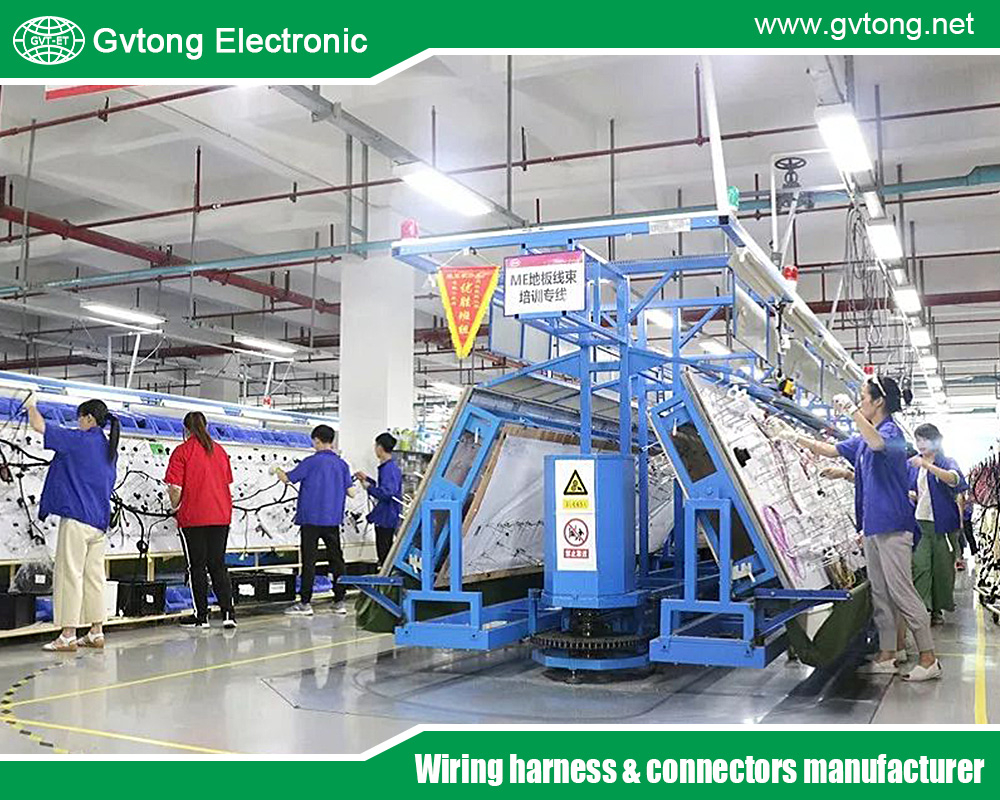
Recent Posts
How Do Automotive Pressure Connectors Work?
The Best GR Series-Circular Connectors Manufacturer
The Best GD Series Combined Power Connector Manufacturer
A Guide to Selecting the Best GH Series Plastic Connector Manufacturer
Tags
Recommended Products
-
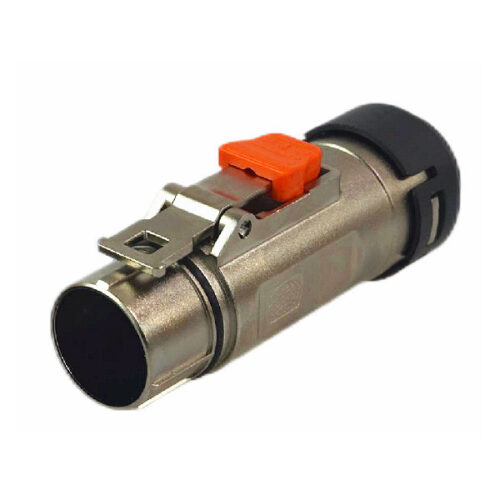
GM Series-10mm-Single Core Metal Connector
-

Energy storage connector 5.7mm
-
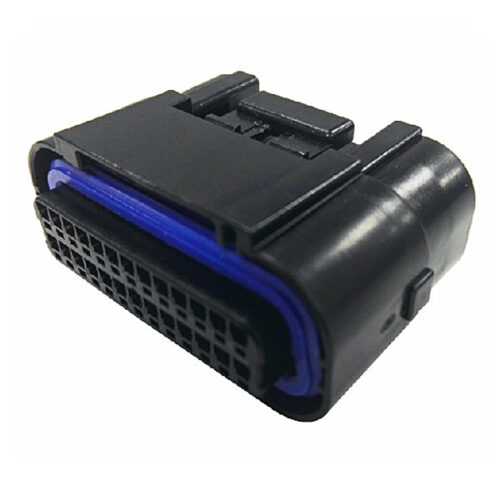
GE Series-18/26-core double-row signal connector
-

GE Series-35-core three-row signal connector
-
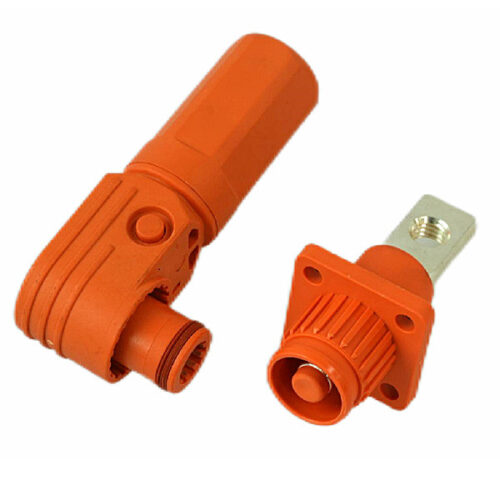
GB Series-Energy Storage Connector-8.0mm
-
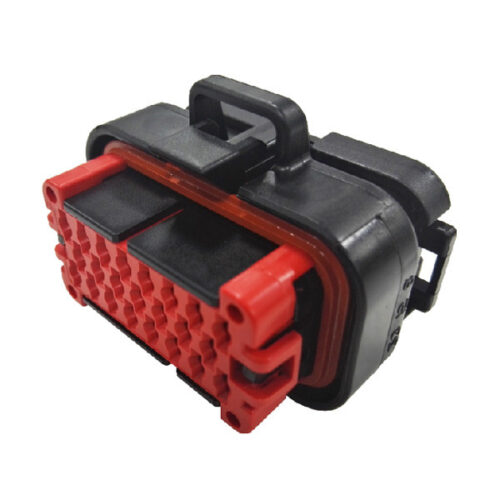
GE Series-23-core three-row signal connector
-
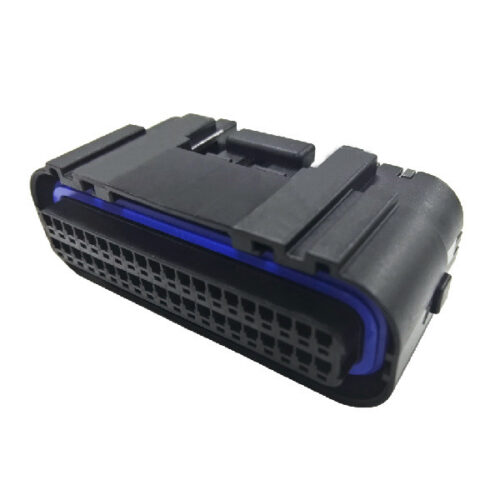
GE Series-34/40-core double-row signal connector
-
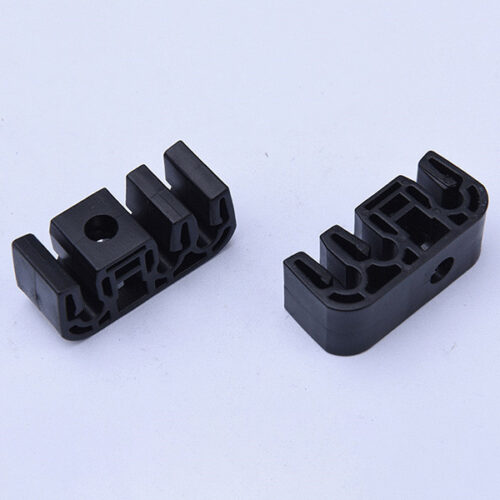
Automotive injection molded parts
